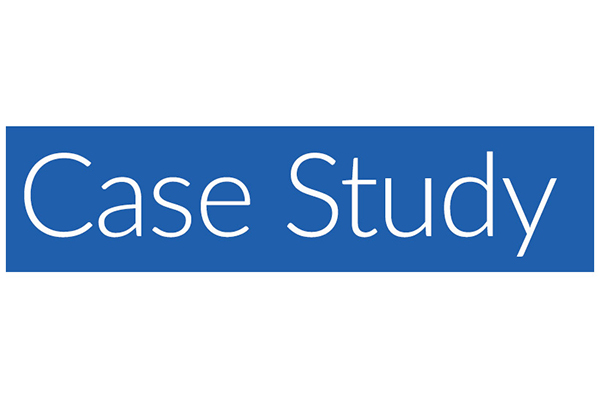
Client
A multi-hospital integrated delivery system with more than 1,600 beds, 60,000 admissions, 800,000 outpatient visits, and 170,000 emergency room visits each year.
Challenge
The client health system discovered excess inventory in its hospitals, specifically in high-spend departments. The previous fiscal year, the client was in debt and needed strategic methods to reduce costs going forward. It also recognized the need to remove excess inventory that remained on its financial books.
Solution
Nexera was able to structure an inventory reduction project for three areas of significant spend. Based on reports, Nexera defined a current state of inventory for the number of on-hand items as active or inactive, with active inventory defined as items used within the past 12 months and inactive inventory as items that had not been used within the past 12 months.
Nexera analyzed the active items and created new PAR levels for items in the Pyxis machines in addition to PAR stock inventory and coordinated the disposal of the excess items following clinician approval. Nexera then analyzed the inactive items and coordinated their disposal out of the inventory following clinician approval.
After all approved items were physically removed from inventory, Nexera coordinated five disposal methods: return to vendor for credit, re-deploy to another member hospital (>$200), resell to a third party, donate, or destroy. All items that were affected in this endeavor were tracked during the 10-month project.
Results
Nexera was able to identify and implement actual savings over a three-year period that resulted in a reduction of the client’s inventory (OR, cath lab, interventional radiology) by 26%, decreasing the overall inventory level from approximately $13.6 million to $10 million. The actual savings that the hospital achieved through all five disposal methods was $1.6 million in year one, $250,000 in year two, and $123,000 in year three, resulting in a three-year savings of $2 million. Beyond the initial three years, there was the potential for an additional $915,000 in savings, with an additional consignment savings of nearly $11,000.



Comments are closed.